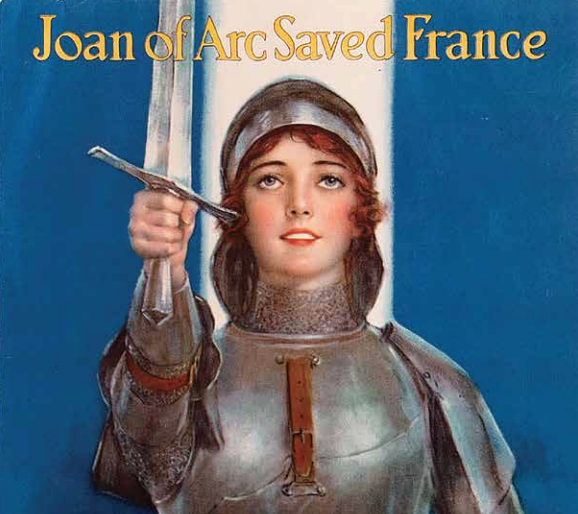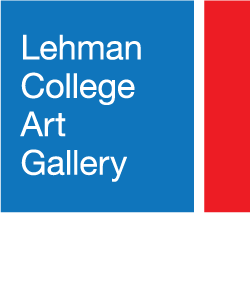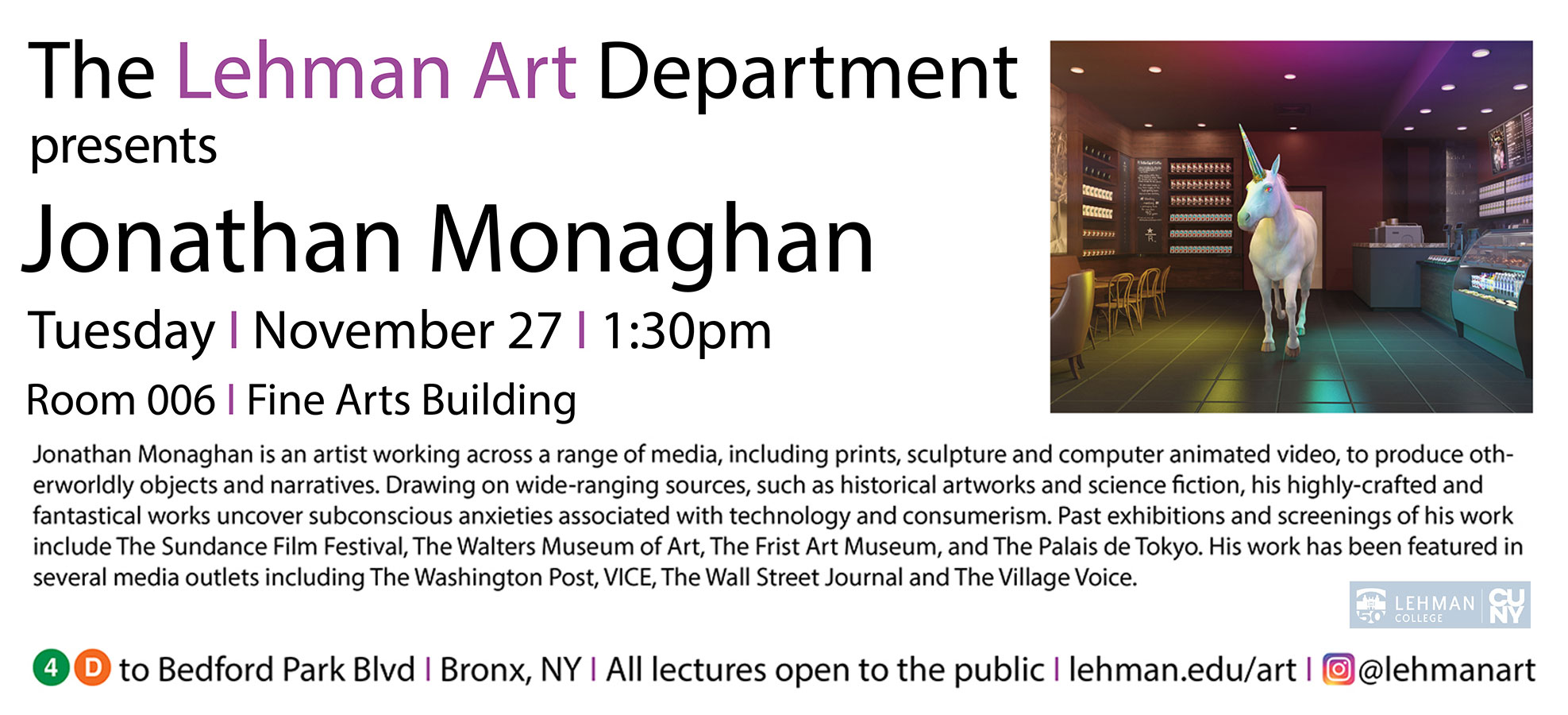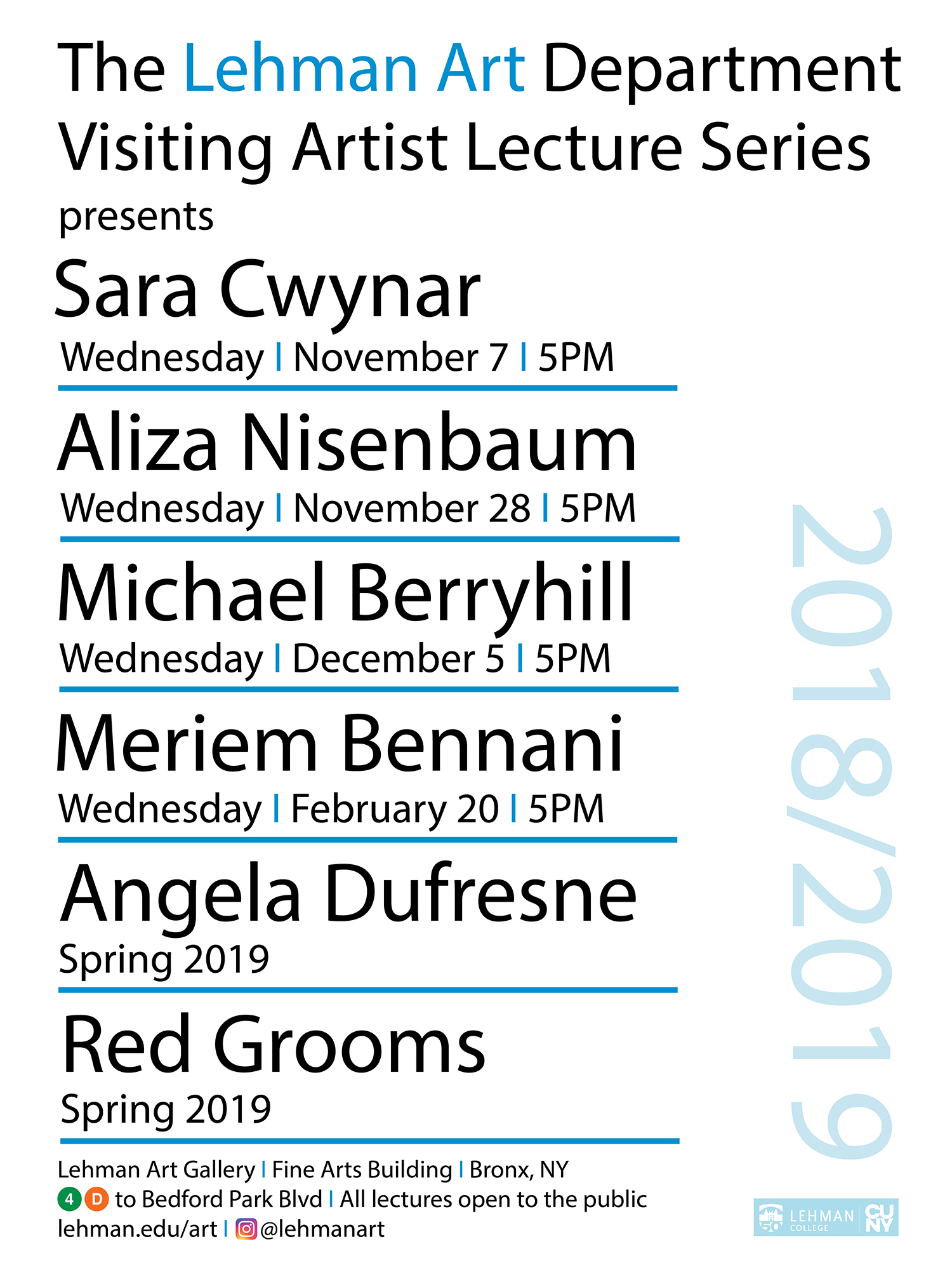The Art of War
A FINE ART: WAR AND THE WAR POSTER
Wartime art showed governmental views of the war in color images and arresting text. Some art critics believed World War I would restore vigor to art. Others saw the war creating a “healthy rivalry” in the “face-off” between America’s naiveté and Europe’s sophisticated modern art. The American war posters at the OSilas Gallery, lent to this exhibition by the Hudson River Museum, gained little from modern trends in European art, such as Cubism. American fine artists such as William Merritt Chase and Childe Hassam were still under the sway of earlier French Impressionism, while the nation’s book illustrators were more likely to feel kinship with earlier American fine artists like Thomas Eakins and Winslow Homer, who focused on representation and dramatic narrative. In the United States few front-rank artists directly engaged the theme of the war in their fine art. One exception was Childe Hassam, who showed victory in his famous flag paintings along New York City’s posh Fifth Avenue. The war’s violent carnage remained discreetly but firmly off Hassam’s canvases. Although the United States did not enter World War I until April 1917, almost three years after the conflict started, when it joined the ranks of the Allied Powers, a national publicity machine unprecedented in any previous American war was catapulted into being. The United States government realized that Americans were ambivalent about the war before 1917 and that substan – tial opposition to the struggle remained, even after America declared war. Artists were split, too. Some supported the war. Others, social critics of the United States government, opposed it, both before, and more controversially after, America entered the fray. Propaganda posters pulled on the people’s conflicting emotions. One of the most evocative of the beseeching posters is The Greatest Mother in the World, painted by Alonzo Earl Foringer for the Red Cross Christmas Roll, instantly reminiscent of Michelangelo’s sculpture the Pieta, including the sculptural drapings, the over-scale Mary figure, and the diminutive wounded soldier (in this instance in place of Christ brought down from the Cross). The poster creates the analogy of the Virgin Mary as universal caregiver and protector, and equates her caring with the work of a nurse from the Red Cross, the international agency of caregiving [No. 6].



